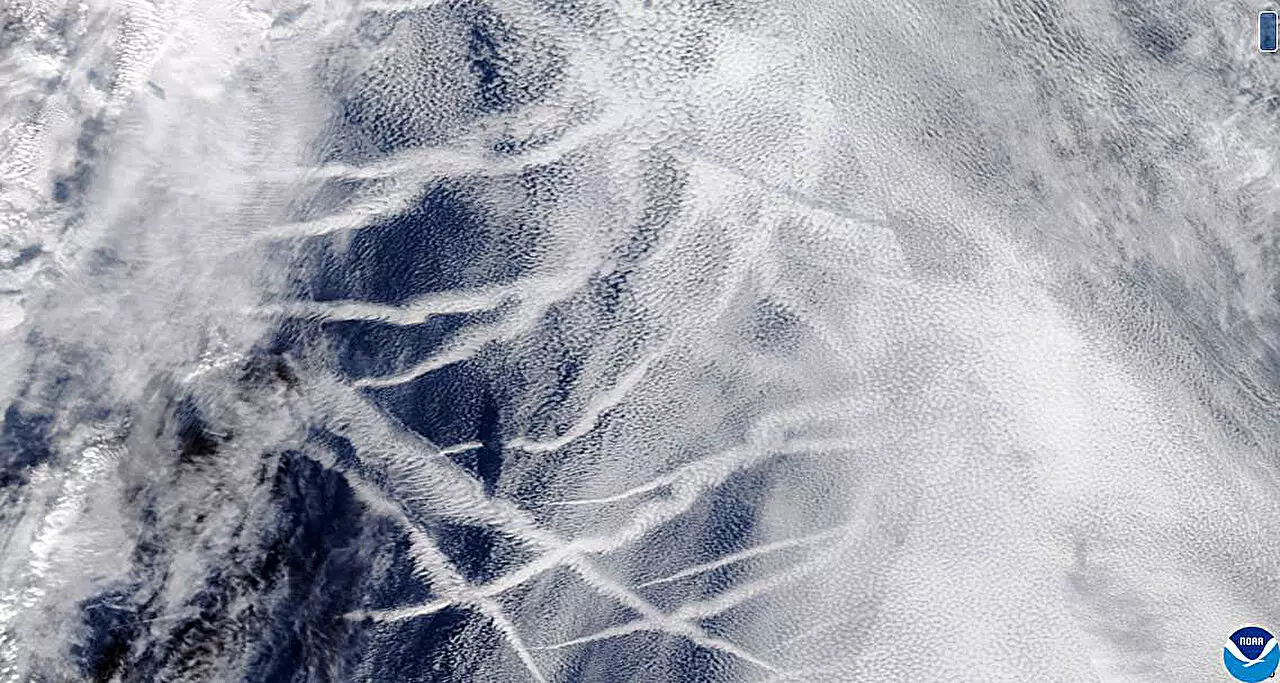In response to the escalating levels of greenhouse gases in the atmosphere and the consequential impacts of climate change, the scientific community is intensifying their efforts to explore potential solutions. Among the strategies being considered, marine cloud brightening (MCB) has emerged as a prominent method for moderating global warming by reflecting sunlight away from Earth’s surface. This technique involves injecting salt spray into low-lying marine clouds to enhance their reflectivity, thereby reducing the amount of solar radiation absorbed by the oceans below. A group of leading atmospheric scientists has taken a proactive step by outlining a comprehensive research roadmap to advance our understanding of MCB and its feasibility for large-scale implementation.
Although the concept of MCB appears promising, there are numerous challenges that must be addressed before it can be considered a viable climate intervention strategy. One crucial consideration is the fact that artificially shading the planet does not address the root cause of climate change – human-induced greenhouse gas emissions. While MCB may serve as a temporary measure to mitigate the impacts of global warming, it must not detract from the urgent need to reduce carbon dioxide levels in the atmosphere. Therefore, any research efforts related to MCB should be viewed as complementary to broader decarbonization initiatives aimed at achieving long-term climate stability.
Current MCB proposals hinge on the dispersion of saltwater spray into marine clouds to enhance their brightness and reflective properties. This process mimics the effects of natural phenomena such as volcanic eruptions or ship emissions, which can elevate the concentration of aerosols in the lower atmosphere. For MCB to be effective, the saltwater droplets must evaporate to form fine particles that can ascend to the cloud layer and interact with sunlight. Laboratory studies, field experiments, and cloud modeling are essential components of the proposed research roadmap to investigate the viability of MCB. New laboratory facilities are required to address gaps in our understanding of aerosol and cloud microphysical processes, as existing resources are limited in this regard.
One of the major technical challenges of MCB is ensuring that the sprayed particles interact effectively with clouds to enhance their reflectivity. Researchers must determine the optimal size and concentration of particles that can produce the desired cooling effect without causing unintended consequences such as cloud thinning or precipitation. Clouds exhibit varying responses to aerosol injections based on their inherent properties and environmental conditions, adding complexity to the implementation of MCB techniques. Identifying favorable conditions for cloud brightening and developing targeted strategies to maximize the efficacy of MCB are critical steps in advancing this climate intervention approach.
As the scientific community explores the potential of MCB as a climate intervention strategy, it is essential to integrate these findings into broader climate policy discussions. Decision-makers must possess accurate information about the risks and benefits associated with MCB to make informed choices regarding its deployment. Additionally, ongoing dialogue between policymakers, scientists, and stakeholders is crucial to ensure that MCB research aligns with societal values and environmental objectives. Ultimately, MCB should be viewed as a supplementary tool in the fight against climate change, with decarbonization remaining the primary focus for achieving sustainable environmental outcomes.


Leave a Reply